Kathmandu security deployment has become the talk of social media since yesterday evening, with widespread speculation about increased police presence across the capital. The rumors intensified after GenZ movement leader Sudan Gurung and other activists visited the District Police Range in Kathmandu to file complaints against former Prime Minister KP Sharma Oli and Home Minister Ramesh Lekhak.
Social media platforms exploded with claims that officers stationed at police beats were being recalled to their stations and that security forces were being significantly reinforced throughout the city. However, the reality behind these claims tells a different story.
What Really Happened at Kathmandu Police Headquarters
According to sources, when GenZ activists arrived at the police station to register their complaints, officers allegedly showed reluctance to accept the reports. Sudan Gurung reportedly told police that protesters would “show them from the streets” before leaving the premises, though Gurung himself has denied making such statements.
This incident sparked widespread speculation about emergency Kathmandu security measures being implemented across the valley. But are these rumors based on facts or fear?
Nepal Police Clarifies Security Deployment Reality
Deputy Inspector General (DIG) Binod Ghimire, the Central Spokesperson for Nepal Police, addressed these rumors directly in an official statement. His explanation reveals the actual situation on the ground.
The Real Reason Behind Police Movement
“Since the protests on the 24th, officers at most beats in the valley have not been staying overnight,” DIG Ghimire explained. “Our colleagues work during the day at the beats but return to their stations to sleep at night.”
This operational change wasn’t implemented yesterday—it’s been the standard procedure since the GenZ protests in Kathmandu that occurred on the 24th of last month, when incidents of vandalism and arson took place.
Why Officers Stopped Staying at Beat Offices
Before the protests, police personnel stationed at beat offices would remain there around the clock, with weapons provided for their security. However, current circumstances have changed this arrangement:
- Inadequate Infrastructure: Many beat office facilities haven’t been properly renovated or equipped
- Weapon Shortage: Police currently face equipment limitations, making overnight stays risky
- Safety Concerns: Following the vandalism during protests, staying at isolated beat locations became a security risk for officers themselves
“We haven’t provided weapons to these stations,” DIG Ghimire stated. “The facilities aren’t properly established yet. That’s why officers return to their stations.”
Understanding Police Presence at District Range
While the broader security deployment rumors appear unfounded, there has been a legitimate increase in police presence in Kathmandu at specific locations—particularly at the District Police Range headquarters.
Why More Officers Are Visible
“When people start gathering outside the police range, it’s natural that more security personnel would be deployed there,” explained a police official at the range. “However, no separate special forces have been deployed.”
The increased visibility at police headquarters stems directly from the ongoing presence of GenZ activists demanding action against government officials. This is standard crowd management protocol, not an emergency security operation.
The GenZ Movement Complaints Controversy
The complaints filed by GenZ movement activists against KP Sharma Oli and Ramesh Lekhak have become a focal point of tension. Activists claim police are obstructing their constitutional right to file complaints, while authorities maintain they’re following proper legal procedures.
This standoff has created uncertainty on Kathmandu streets, with citizens concerned about potential confrontations. However, police sources insist that standard operating procedures remain in effect throughout the city.
Social Media vs. Ground Reality
The disconnect between social media rumors about Kathmandu security and actual police operations highlights how quickly misinformation spreads during politically sensitive situations. What began as routine operational adjustments made weeks ago has been reframed as a sudden security crackdown.
Fact-Checking the Claims
- Claim: Police recalled from beats yesterday
- Reality: Officers have been returning to stations nightly since late last month
- Claim: Major security deployment across Kathmandu
- Reality: No special forces deployed; standard staffing continues
- Claim: Emergency situation declared
- Reality: No official emergency measures implemented
What This Means for Kathmandu Residents
For ordinary citizens in Kathmandu, these developments shouldn’t cause undue alarm. The Nepal Police security arrangements currently in place represent adjusted operational protocols rather than crisis response measures.
Daily life continues normally throughout the capital, with no restrictions on movement or commerce. The visible police presence at certain government facilities is localized and related to specific protests rather than city-wide security concerns.
Historical Context: Police Operations During Protests
Nepal has a long history of protest movements, and police responses have evolved over decades. Understanding this context helps clarify current Kathmandu police deployment strategies.
According to Singha Darbar, Nepal’s administrative center, police forces regularly adjust their positioning based on protest activity, balancing public safety with citizens’ rights to peaceful demonstration.
Lessons from Previous Movements
Past movements in Nepal have taught security forces to:
- Maintain visible presence without excessive force
- Protect government facilities while respecting protesters’ rights
- Communicate clearly to prevent misinformation
- Adjust staffing based on real-time intelligence
Looking Ahead: What to Expect
As the situation develops, several factors will determine how Kathmandu security arrangements evolve:
Short-Term Outlook
Police will likely maintain current protocols until the GenZ complaints issue resolves. Officers will continue daytime deployment at beat offices with nightly returns to stations. Headquarters will keep enhanced staffing as long as protests continue.
Long-Term Considerations
Nepal Police must address the underlying issues that necessitated current arrangements—particularly infrastructure improvements and equipment provision for beat offices. Without these investments, overnight staffing at community police posts remains impractical.
The Bottom Line on Kathmandu Security
The viral rumors about emergency security deployment in Kathmandu have been greatly exaggerated. What’s actually happening is a continuation of operational adjustments made weeks ago in response to protest-related property damage.
While certain locations like the District Police Range have seen increased officer presence due to ongoing demonstrations, no city-wide security escalation has occurred. Nepal Police maintains its standard operational posture throughout the capital.
For Kathmandu residents concerned about safety and stability, the message from authorities is clear: normal policing continues, and the situation remains under control. The gap between social media speculation and ground reality serves as an important reminder to verify information before drawing conclusions about security situations.


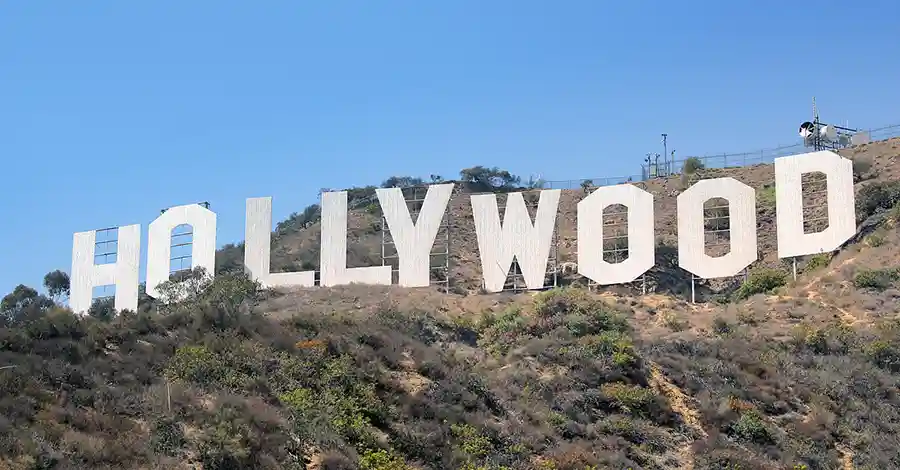



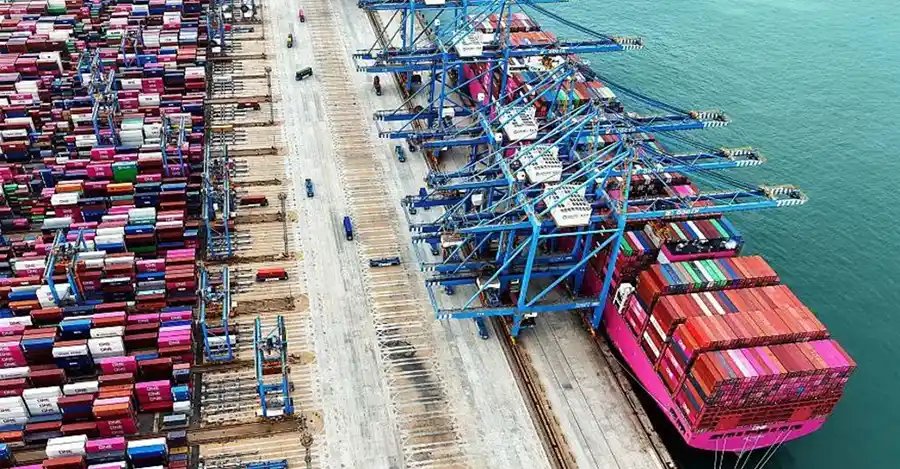


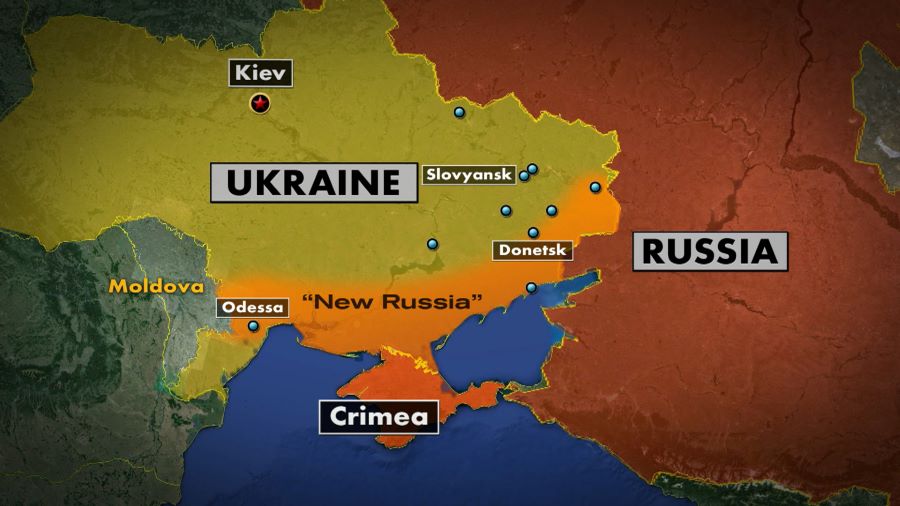

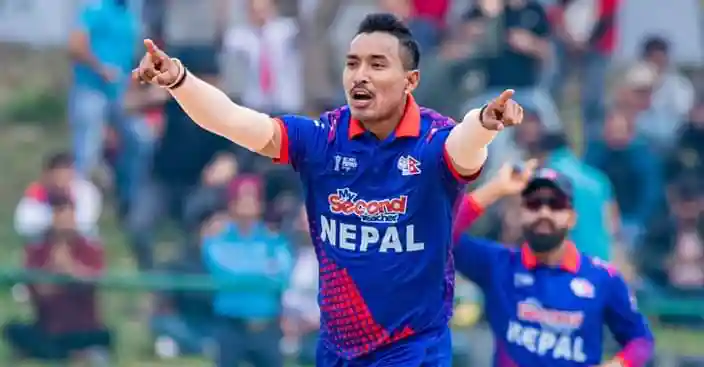


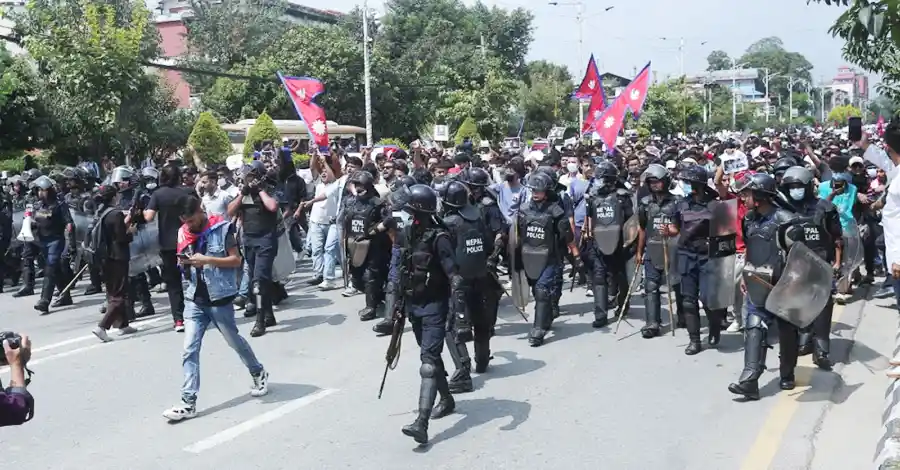





Comments